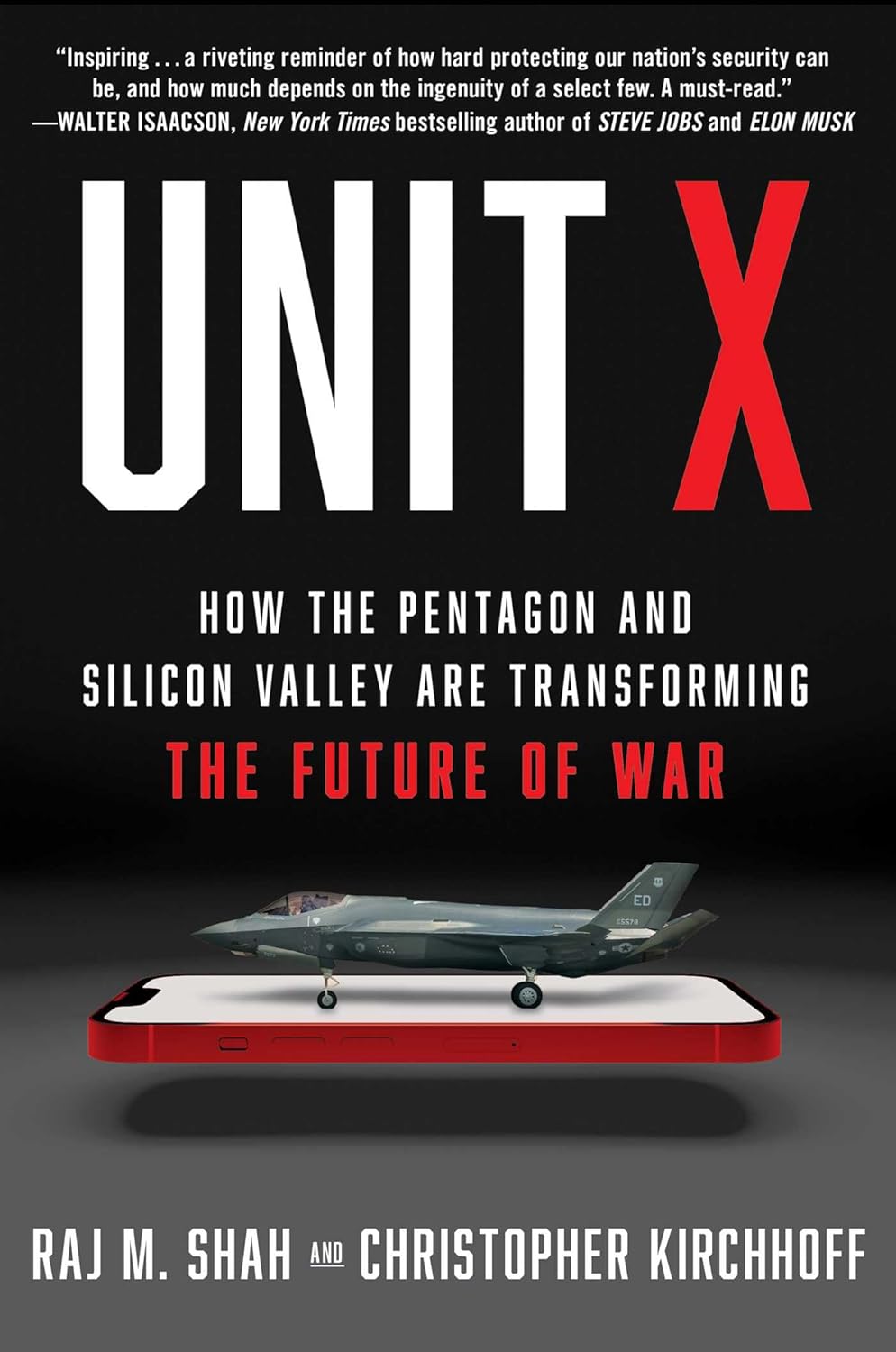Review: USA’s military-industrial complex is alive and well

The military-industrial complex of the United States was the subject of a chilling warning by President Eisenhower and a new book reveals how Silicon Valley has morphed to make it ever more deadly.
On one view, a better title for this book might be ‘The politics of public procurement’ as it concerns the perennial struggle for access by many to public funds to buy goods that the public are said to need.
The story is that of “an elite unit within the Pentagon—the Defense Innovation Unit, also known as Unit X—whose mission is to bring Silicon Valley’s cutting-edge technology to America’s military”.
The unit not merely sought out hardware and software so that military units could do their jobs more efficiently, but it also needed to get the military administration to change their ways.
The vested interests, as revealed by the authors, are powerful, and the vast sums of money are beyond ordinary, that is to say easy, comprehension.
However, the deciding influence in all this is the experience of one of the authors, once a US Air Force pilot on active service. His issued equipment was inappropriate for his duties when in combat flight.
From his own knowledge of the alternative available technology he resolved a particular problem with his personal IT possessions, knowing their pragmatic applicability in that context.
Such a personal initiative revealed amongst other things how far the IT industries of the USA had leapt ahead of defence contractors when it came to developing new technology, especially software.
Perhaps the authors make an unfair comparison: the Department of Defense was accountable politically, and it was required to provide the resources to fulfil the fluctuating policies of a varying executive.
Silicon Valley entrepreneurs were and are free to raise capital, if they could, and at liberty to seek out any markets for their developments.
Moreover, while politicians were accountable amongst others to their electorate those entrepreneurs were free to exercise of a wide business discretion in their own interest. This is not to suggest that the modern commercial world was an easier option, merely that it was a different one, moving faster and deciding quickly often without consultation, than the traditional procurement process.
The winning formula by the authors of promoting commercial technology was to cut through the traditional approach, although not all existing law was necessarily archaic or irrelevant.
From the 1870s there had been a US law to prevent those in government signing contracts with the commercial sector without having the funds approved already and set aside to meet the obligation.
There is no doubt that traditional bureaucratic matters had to change in national defence procurement as innovations elsewhere, such as the widespread use of drones in warfare, required a fast response.
The core issues of the book are interesting but the superlative American style, essentially the language of their entrepreneurial class, is a bit overwhelming at times. The cascade of phrases are redolent of modern management now (“we are what we speak”) with many assertions of “ownership”, “start-up models”, “game-changers”, and “believers”.
Worst, perhaps, is the reference at several points to providing the best commercial technology for the benefit of “warfighters”: they also serve who stand and wait.
A sentence very near the end of the book, presumably intended as the underlying philosophy, is also suspect: “The ultimate goal is not to win wars but to deter them”.
That comment seems glib especially as those selling expensive equipment to the government ostensibly for the public good do need to keep the stock moving.
Messrs Shah and Kirchhoff have produced in their own Silicon Valley language an instructive book that bears on important issues of political accountability and constitutional restraint, but they simply do not tell it in these terms.
Unit X: How the Pentagon and Silicon Valley Are Transforming the Future of War by Raj M. Shah and Christopher Kirchhoff. Published by Scribner, 320pp, £20.









